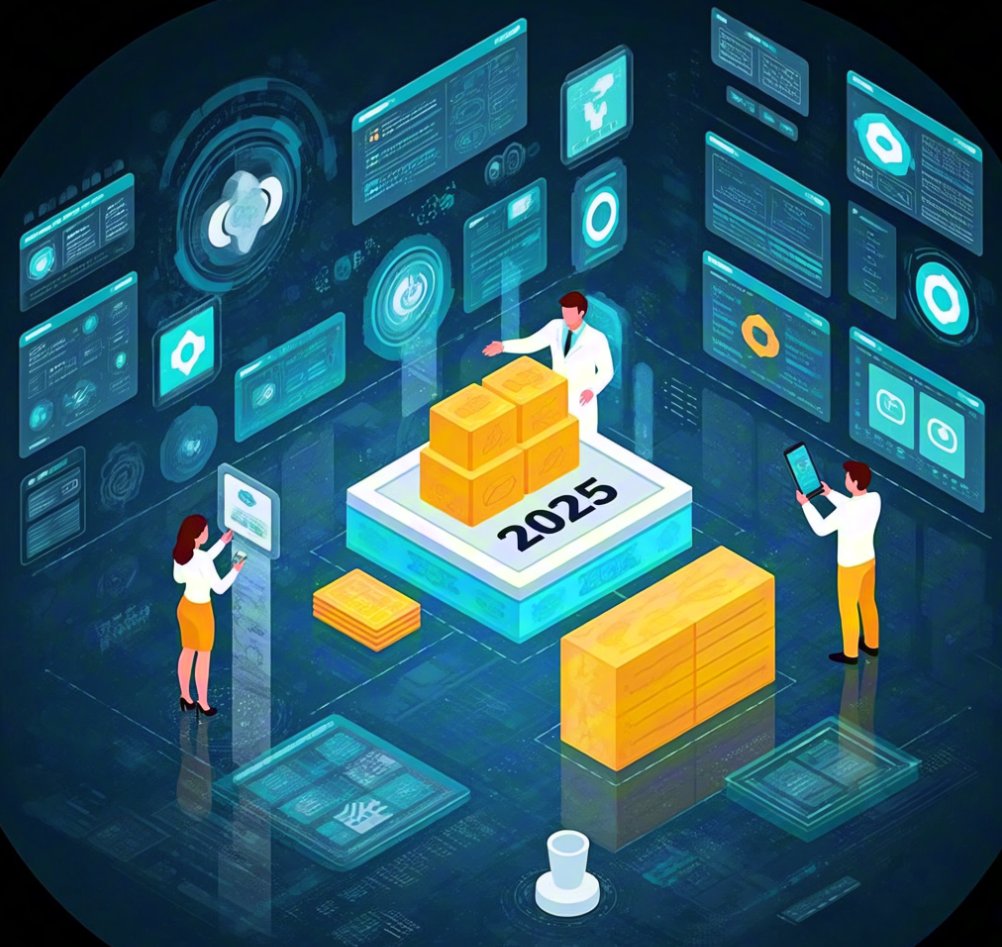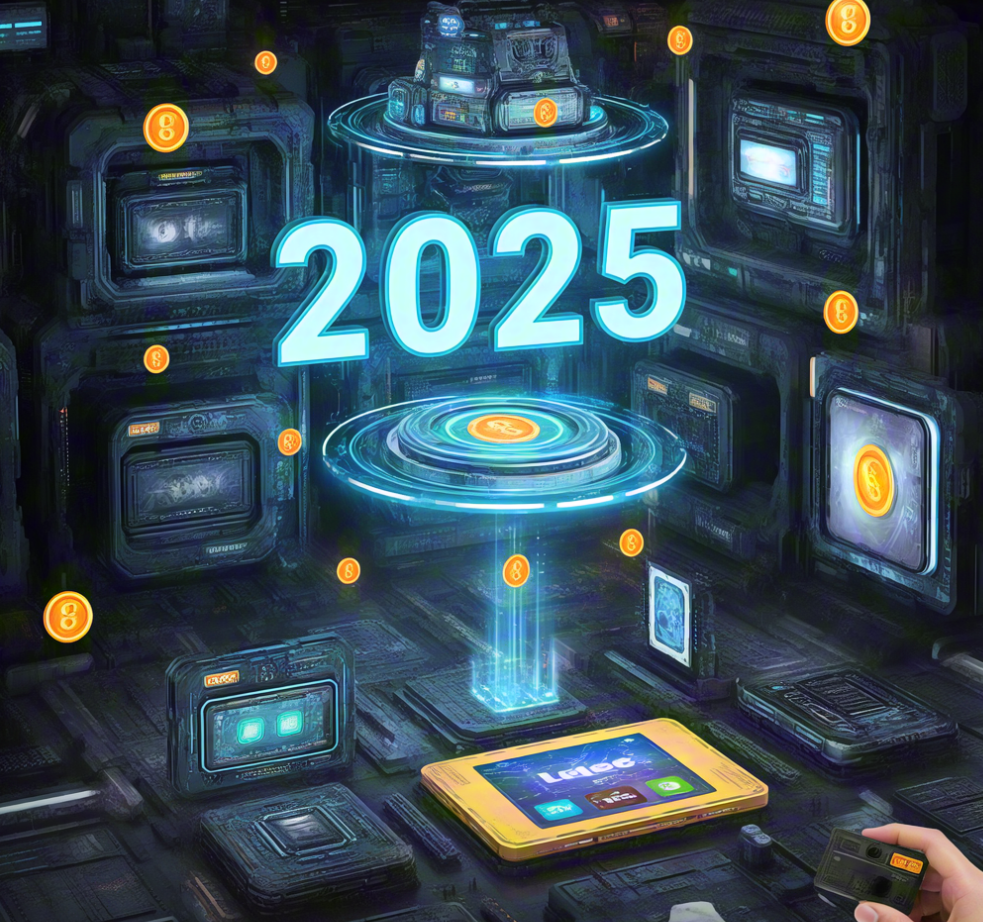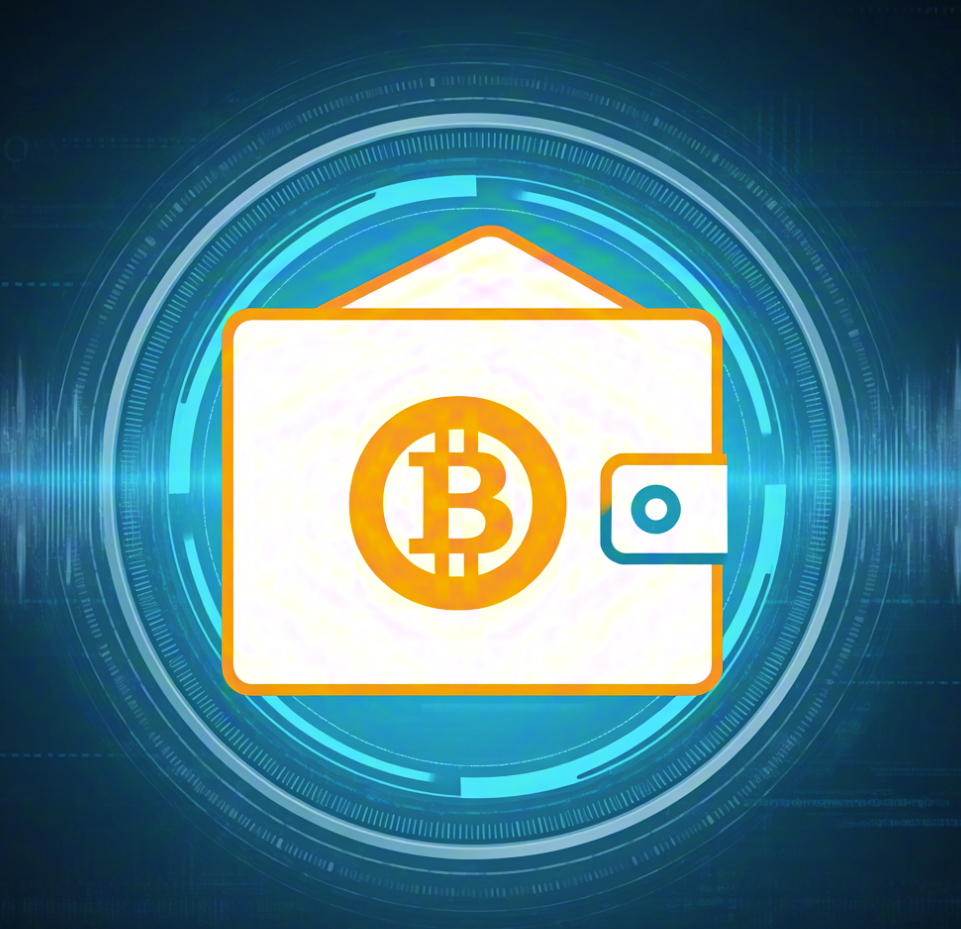| Main Title | Subtitle | Summary |
|---|---|---|
| Introduction | Integration of Blockchain and Healthcare | A brief overview of blockchain's entry into healthcare and its potential |
| Overview of Blockchain and Healthcare | Blockchain Technology Overview | Describes the basic concepts, core features, and potential applications of blockchain |
| Characteristics of the Healthcare Industry | Introduces the features of the healthcare industry and current information challenges | |
| Challenges in the Healthcare Industry | Data Silos | Key issues and risks of medical information being isolated |
| Supply Chain Vulnerabilities | Difficulties in tracking counterfeit and expired drugs in traditional systems | |
| Blockchain Application Examples | Enhancing Data Security and Privacy | How encryption and distributed storage protect personal health data |
| Improving Data Interoperability | Using blockchain to break system barriers | |
| Enhancing Supply Chain Transparency | Tracking the source and flow of drugs to ensure transparency | |
| Smart Contract Applications | Automating insurance claims and data sharing | |
| Market Trends and Outlook | Market Size Forecast | Analysis of industry trends and data through 2025 |
| Growth Drivers | Policies, technologies, and capital drive adoption | |
| Key Market Players | Global leaders’ strategies and product offerings | |
| Case Studies | National-Level Applications | Estonia's implementation of blockchain in healthcare |
| Application During the Pandemic | Transparent management of vaccines and health data | |
| Challenges and Limitations | Technical Bottlenecks | Scalability and integration challenges of blockchain in healthcare |
| Legal and Regulatory Issues | Compliance under GDPR and other regulations | |
| Industry Adoption | From pilot programs to full adoption requires time and education | |
| Future Outlook | Technology Integration Trends | Blockchain + AI + IoT enabling smart healthcare systems |
| Conclusion | Summary and Future Forecast | Recap of current applications and future potential |
Introduction

Since the emergence of Bitcoin, blockchain technology has rapidly expanded into various fields, with healthcare becoming a key new focus. According to the latest report by Global Market Insights, the global blockchain healthcare market is expected to exceed USD 1.6 billion by 2025. This growth is driven by policy support, rising demands for data security, and continuous technological innovation. This article delves into recent trends, practical applications, and future challenges in this field.
Overview of Blockchain and Healthcare

Blockchain Technology Overview
Blockchain is a decentralized, tamper-proof data storage technology that features information transparency, traceability, and self-executing smart contracts. Its successful application in the financial sector has paved the way for adoption in healthcare.
Characteristics of the Healthcare Industry
The healthcare industry generates massive amounts of sensitive data, including medical records, diagnostic reports, imaging, and insurance information. Currently, this data is scattered across multiple systems, making integration difficult and increasing the risk of data breaches—an urgent issue that demands innovation.
Challenges in the Healthcare Industry

Data Silos
The lack of unified standards leads to poor interoperability between systems. These "data silos" reduce medical efficiency and can delay diagnosis and treatment.
Supply Chain Vulnerabilities
The medical supply chain often suffers from the circulation of counterfeit or expired drugs. Traditional supply chain systems rely heavily on manual record-keeping, making full traceability difficult. Blockchain brings much-needed transparency and efficiency.
Applications of Blockchain in Healthcare
Enhancing Data Security and Privacy
Blockchain's encryption and distributed storage can protect Personal Health Information (PHI). Patients manage access to their data using private keys, ensuring full control and minimizing the risks posed by centralized storage systems.
Improving Data Interoperability
Blockchain-based health data platforms can unify data standards and enable seamless access across different systems. No matter where a patient receives treatment, their history and records can be securely and instantly accessed, improving care quality.
Improving Supply Chain Management
Blockchain can record every stage of a drug’s lifecycle—from production to distribution—on-chain, preventing counterfeit products from entering the market. Each transaction is traceable and transparent. Companies like Modum and Chronicled already apply blockchain for pharmaceutical logistics.
Smart Contracts in Healthcare
Smart contracts automate processes like insurance claims, data-sharing authorizations, and clinical trial documentation. This reduces manual intervention, boosts efficiency, and ensures fairness. For example, Aetna and IBM’s Health Utility Network simplifies insurance processing through smart contracts.
Market Trends and Forecasts
Market Growth Projections
Global Market Insights forecasts that the blockchain healthcare market will surpass USD 1.6 billion by 2025. Additionally, Statista reports that blockchain-based electronic medical record platforms will see a CAGR of over 40%.
Drivers of Market Growth
Growth is fueled by government policies supporting health information digitization, increasing concerns over data security, maturing technologies, and growing venture capital interest. For example, the U.S. HHS data-sharing initiatives and GDPR compliance requirements provide fertile ground for blockchain.
Leading Market Players and Innovators
Key players include IBM, Oracle, Change Healthcare, Guardtime, and Patientory. Their solutions span electronic health records, insurance automation, and secure remote data management.
Case Studies
National-Level Blockchain Healthcare Projects
Estonia leads the world in national healthcare blockchain implementation. Using KSI blockchain, the country secures all medical records with cryptographic hash registration, balancing patient privacy and government oversight.
Blockchain During the COVID-19 Pandemic
Blockchain was used for tracking vaccine distribution, test results, and vaccination records. IBM Watson Health and Moderna built a system to monitor every stage of vaccine delivery in real time, ensuring transparency and traceability.
Challenges and Limitations
Technical and Implementation Barriers
Scalability, data throughput, and system compatibility remain key challenges. Additionally, healthcare institutions vary in their willingness to adopt new technologies, and upgrading traditional systems can be costly.
Regulatory and Legal Concerns
Healthcare data is highly sensitive and strictly regulated. Blockchain's decentralization and anonymity raise compliance issues, especially concerning data sovereignty and patient privacy. Ensuring compliance while leveraging blockchain’s strengths is a key challenge.
Industry Adoption and Acceptance
While blockchain’s potential in healthcare is huge, current adoption remains in early stages. Lack of standardized frameworks, uncertain ROI, and a shortage of technical talent hinder wide-scale deployment.
Future Outlook
Future Development Directions of Blockchain in Healthcare
Blockchain will likely integrate with AI and IoT to build intelligent health management platforms capable of automated data collection, smart diagnostics, and personalized treatment. Innovations like cross-chain interoperability and privacy-preserving computation will further accelerate adoption in global healthcare systems.
Conclusion
Blockchain is becoming a driving force for digital transformation in healthcare. From improving data security and interoperability to automating insurance and clinical processes, its potential is vast. Although challenges remain, with ongoing support from policy, technology, and market forces, blockchain is poised to play a core role in the future healthcare ecosystem. The projected USD 1.6 billion market size by 2025 is just the beginning—the real transformation has only begun.
















No comments yet